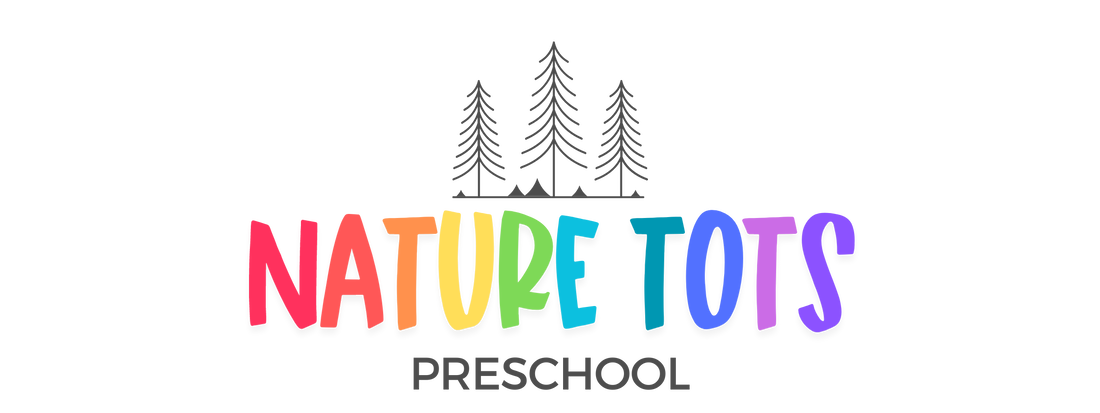CURRICULUM
wholesome & nature inspired education
Young children primarily learn through their senses and from direct experiences. They develop an understanding about the world through play, exploration, and creative activities.
Our daily activities as a whole include both child-initiated and teacher-lead learning experiences, giving children opportunities to select among rich choices carefully prepared. Most of these activities are based in the concept of ecoliteracy and holistic living.
Our daily activities as a whole include both child-initiated and teacher-lead learning experiences, giving children opportunities to select among rich choices carefully prepared. Most of these activities are based in the concept of ecoliteracy and holistic living.
Ecoliteracy is the understanding that everything in nature is connected and interdependent.
Supporting little learners in gaining confidence and resilience in holistic and ecoliteracy areas while collaboratively exploring new ideas. This benefits them now and for the rest of their lives.
Thematic Monthly Themes
Children love to play, and can easily turn a twig into a toy or a mud puddle into a play area. My thematic units last a week and is rooted in play based learning. Play is more than just fun, it's vitally important for children's healthy development. It provides the foundation for academic success and is critical for the development of creative problem-solving. The natural world beckons children to invent, explore, and triggers the imagination.
- Most of our day is spent outside to explore, dream up stories, and have outdoor adventures.
- Our learning areas: outdoor classroom, garden, nature trail, creek, and indoor classroom.
- Venturing out in all types of weather conditions allows children to experience the joy of a rainfall, see insects and birds and how the seasons affect us year-round.
Early Childhood Indicators of Progress: MN Learning Standards
Children’s brains 0-5 years old are developing more quickly than at any other time in their lives. They are exploring what they can do with their bodies and creating relationships with loved ones. They are investigating how the world works and their place in that world. Because of this complex and rapid development in young children, a shared set of expectations of what young children can know and do is necessary to build successful early childhood education programs and supports. In Minnesota, this set of shared expectations is called the Early Childhood Indicators of Progress: Minnesota’s Early
Learning Standards (ECIPs). I use the developmental trajectories identified in the ECIPs to plan for
each individual child and determine the best ways to support their continued growth.
Learning Standards (ECIPs). I use the developmental trajectories identified in the ECIPs to plan for
each individual child and determine the best ways to support their continued growth.
Assessing Children's Learning:
In a broad sense, assessment is the on-going process of finding out what children are thinking and what they can do. This is done by observing how they talk to friends, asking questions, seeing how they perform particular tasks and watching them during free-play.
We use Head Start a U.S. federal program with the overall goal is readying young children for school. The framework identifies seven general domains for preschool age children (3-5 years). Feel free to find out more information here: Head Start Framework. Each day you'll get a "rundown" of our day highlighting what we explored and learned as well as how they tied into each Head Start framework.
Their will be optional teacher-parent meetings in the Fall & Spring to go over learning objectives and progress.
We use Head Start a U.S. federal program with the overall goal is readying young children for school. The framework identifies seven general domains for preschool age children (3-5 years). Feel free to find out more information here: Head Start Framework. Each day you'll get a "rundown" of our day highlighting what we explored and learned as well as how they tied into each Head Start framework.
Their will be optional teacher-parent meetings in the Fall & Spring to go over learning objectives and progress.
All About Safety:
We ensure the our outdoor activities are successful, fun and safe in the following ways:
- Activity areas are carefully walked through and free off sharp objects, poison plant species, ground bees and deep water among other hazards.
- Always prepared by carrying a waterproof backpack "happy pack" filled with cell phone, snacks, wet wipes, diaper kit, magnifiers, colored pencils & crayons, first aid kit, burn kit, medical & emergency cards for each child, whistle, emergency blanket, tarps, ropes, sheath knife, gloves, fire lighting kit, and fire gloves at all times.
- Planning for the weather by checking the forecast each morning and throughout the day to plan accordingly. I also check children in care to ensure they're prepared for the day with proper attire and "happy pack" is stocked with their items needed for the day.
- The group is always together and no one is allowed to venture beyond my sight vision. I use the whistle if a child is running beyond the group and needs a reminder to return. If it continues they get to be my shadow for the remainder of the walk or activity until they can show responsibility for themselves and peers.
- Extra cautious when we are doing creek playtime as young children can drown in less than two inches of water. Children under 3 years of age will be in a life jacket when near any water.
- We avoid hazardous animals and plants as much as possible. Being outside makes ticks, bees, wasps, or mosquitoes unavoidable. Children also learn the "freeze" sign in case we need run into something dangerous.
- Washing hands is a constant activity we practice all day long. On the property their are three hand washing stations with two being outside to remove any dirt, germs or bacteria we may have picked up.


